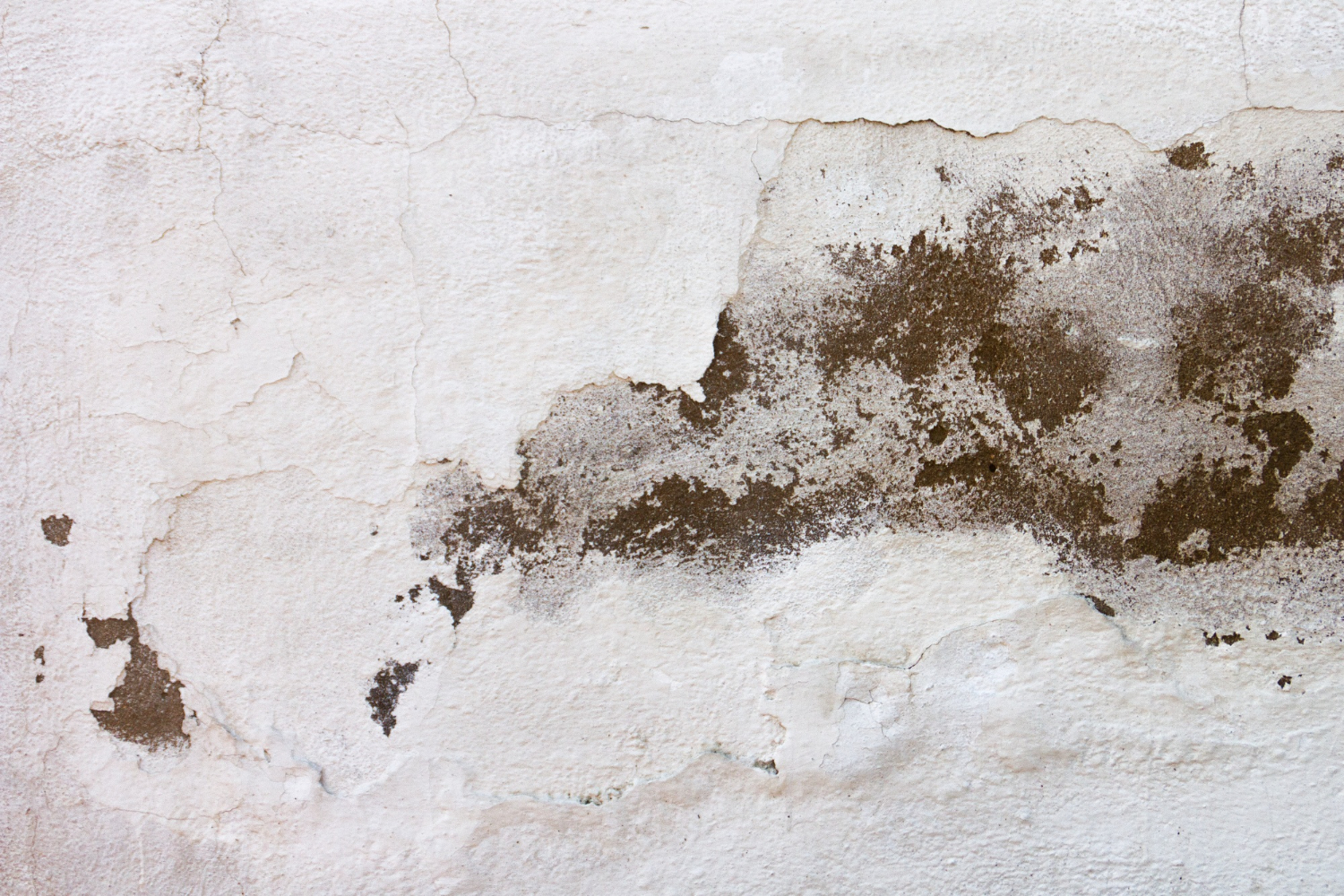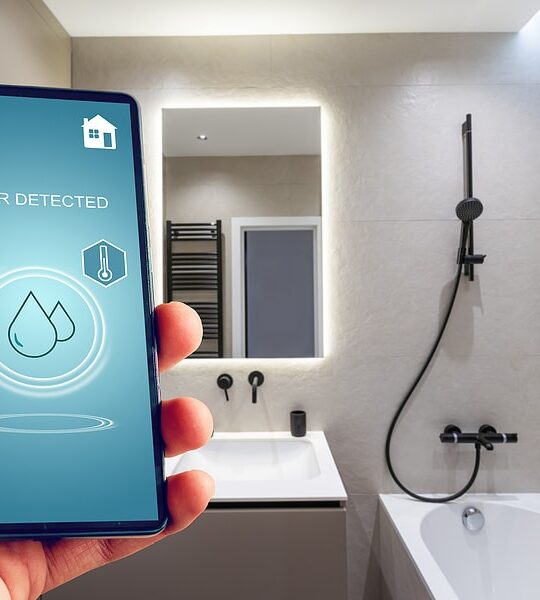 Mold remediation can be a costly endeavor. However, it is important to fix the problem that caused the mold growth to avoid expensive repairs down the road.
Mold remediation can be a costly endeavor. However, it is important to fix the problem that caused the mold growth to avoid expensive repairs down the road.
Mold spores can trigger allergy symptoms like runny nose, itchy eyes and sneezing. Continued exposure can be harmful for those with compromised or suppressed immune systems.
Table of Contents
Labor
Molds and fungi can do significant damage to your property, as well as pose health risks. If you discover a problem, it is important to remediate the issue as soon as possible. Otherwise, the problem will grow and spread further, increasing your costs.
Labor is the largest factor in the cost of remediation. The location and size of the affected area will also impact the price. For example, removing the mold in hard-to-reach areas, such as behind walls, will be more expensive. Additionally, a mold that is difficult to treat, such as staph, may require a more thorough cleanup. For these reasons, choosing a qualified mold remediation company is important. They should be able to provide references and a clear process timeline.
Equipment
Tackling mold remediation requires specific equipment to remove and replace damaged materials and clean the air. This includes various cleaning agents to kill off existing colonies and prevent further growth.
Other equipment includes negative pressure machines and containment systems that help limit spores spread throughout the house or building. These tools are essential in ensuring that the spores don’t get out into other areas that can cause health issues.
The location of the mold problem also plays a role in cost. Mold often grows in hard-to-reach areas like behind walls, under floors or in the attic, where it’s difficult to treat with standard equipment. These areas will require additional workforce and heavy-duty equipment to remove and treat the area.
Materials
When mold is present, remediation may involve removing and replacing building materials. This could include carpeting, drywall, and even cabinetry. Remediators also use specialized plastic sheeting and air filters to contain the spores as they work.
The type of material affected determines the cost of the project. For example, black mold requires special care and can be costly.
It’s important to treat mold as soon as it is discovered since the longer it is left untreated, the more it will spread and damage the property. It can also cause health problems like nasal congestion, sneezing, skin rash, and breathing difficulties for people with allergies or asthma. This industry offers many opportunities to those who are interested.
Insurance
Mold remediation costs can be very high, particularly if extensive structural damage is involved. The cost of replacing drywall, carpeting and insulation could be between $10,000 and $30,000.
Insurance may cover mold remediation costs in some cases. It depends on whether or not the mold developed because of an emergency covered by your homeowners’ policy, such as a burst pipe or flood. It also depends on whether the decay was caused by poor repairs or deferred maintenance.
For example, your insurer probably won’t cover black mold behind a sink growing because of a slow leak. Make sure to review your policy and file a claim as soon as you can. The sooner you get the problem fixed, the better.
Inspection
Mold inspectors will perform both a visual inspection and collect samples to identify the type and severity of the mold. This will include moisture testing, bulk sampling from materials such as drywall or carpet containing mold, and swab samples from surfaces to help identify the types of spores.
Depending on the results, an inspector may recommend remediation or simply sanitization. Remediation involves removing and cleaning contaminated materials, while sanitization includes treating the affected area with antifungal agents to kill mold spores.
If a plumbing issue causes the problem, the costs associated with pipe and plumbing repair must also be factored in. Water damage can lead to mold growth, and it is important to address any leaks immediately.







